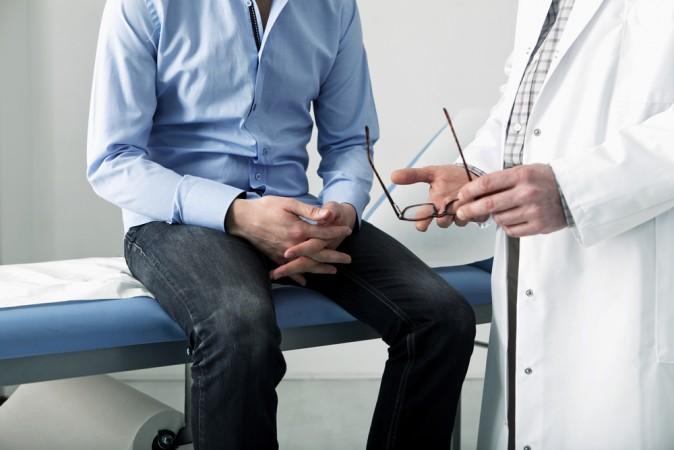The exact cause of most testicular cancers is not known, but there are definite links to other conditions that will increase a man’s risk of developing the cancer. Currently, researchers are searching for the genes responsible for testicular cancer. By identifying the genes responsible, more targeted therapies can be developed to fight the testicular cancer cells.
Thus far, what research has found is that many testicular cancer cells harbor extra copies of a part of chromosome 12. Abnormalities in this chromosome (different genes) are also related to diseases like Parkinson’s, narcolepsy, and non-syndromic deafness.
Testicular cancer is the most prevalent type of cancer in younger men, ages 15–35.





